The DVD release of “Until the Light Takes Us” showed up in the mail, so I went over to a friend’s place and popped it in the DVD tray. It was an intense couple hours of watching.
Key plot points:
- Trend versus meaning that is always true
- “You are bombarded by thousands of lies, every day”
- People like to play dress up
- The montage of modern society: TGIF, Coca-Cola, McDonalds
Black metal is right-wing, surely, but it doesn’t just boil down to that. The right wing is so corrupted now (not corrupt, necessarily, but probably that too). This is universal: do we want a society ruled by corporations and a nanny state government, or a society based around culture? When we do what we are told is morally right, we create a chaotic society that wrecks itself; when we favor the competent above others, and let them rule, we build a society that is organically self-sustaining.
This film shows us how the black metal kids of yesteryear (the ones who created the music at least) are lost in a modern world, but how this modern world is at a loss to even comprehend what they’re saying. What they’re saying is in brief thus: we think backward. We think about what other people want to hear, see or do, and make that our reality. We don’t think about the consequences, only the “false consequences” of how many people like it.
Black metal was designed to rape the ears and repulse most people. It became a trend because people like to dress up and pretend they’re something more, but they really just want to “get ahead” by being popular or sounding cool on the schoolyard. This is why modernity is a cancerous force: it eats out the soul of all things, turns them into a Halloween costume, and passes them along as a product.
Both communism/socialism and capitalism do this. What does it mean? To my mind, that we need a return to the age of kings. We need leaders who can be semi-arbitrary, but can think ahead of what’s convenient/profitable and say, “No, no McDonald’s in my woods” or “we have enough people.”
We’re about to commit fucking ecocide as a species. I feel like Fenriz and Varg know what a tragedy this is; most (99%) humans cannot conceptualize it, don’t care, have no idea, and are too distracted by karmic delights like what they’re eating, Twittering, fucking, shitting, buying, shooting, rubbing, consuming. We need people who do have the sensitivity to get beyond the karmic in charge. These people care about meaning, not discovering it in what the trend is, but creating it. Finding reasons to revere an ancient forest or the melancholic and scary side of life.
All of metal has been a quest to find meaning in madness, death, destruction and horror. The point is that life is short and precious and we should take it seriously, meaning stop screwing up as a species. We waste so much time every day pandering to what the moron public wants, and destroying things of true value, that we no longer have time for our own lives. And so we’ve gotten afraid of anything deep, cannot face our own mortality or even the joyful meaning in actions beyond the individual in life. We quest for nothing but comfort and convenience.
This movie is cursed because every idiot out there will assume it’s for black metal fans. No, you don’t get it — if you’re a black metal fan now, and weren’t in 1992, this movie isn’t for you unless you’re one of the few (like 4/10 of a percent) who actually get it as spirit, idea and moods. The black metal fans now are all about black metal as entertainment and a shopping list. Back then for us, it was a momentary hope that we could express the dread we’d felt our whole lives, and indulge in designing an alternate world we’d prefer — a more realistic world, but also, one built on imagination joined with logic, a creative exploration of reality instead of a retreat in fear and denial of death.
No Comments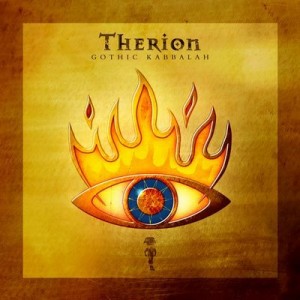
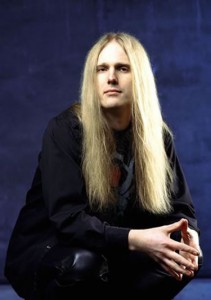
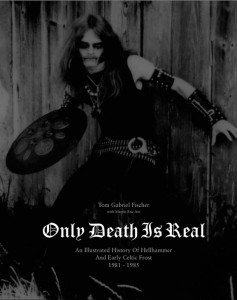 As death approaches, documentation increases. As a circle closes, individuals are given an oppurtunity to reflect on, track and document the meandering course that a society, individual or movement took and assess and re-evaluate this course to determine both its moments of strength and those of weakness. One consequence of this tracking and documentation is that the diligent and astute student of life is provided with an opportunity to discover those behavioural patterns that have been forged in the fires of history and are therefore conducive to success. The intelligent will reflect upon these lessons and apply them to their own worldview, life, ideology or movement and increase the quality, although not necessarily quantity of those lives. Therefore, we serious Hessians take the outpouring of heavy metal documentation rather serious, as it contains for the discerning, the lessons upon which the ideological, and perhaps spiritual foundation of a new spring, a new dawn and a new beginning for our culture may rest.
As death approaches, documentation increases. As a circle closes, individuals are given an oppurtunity to reflect on, track and document the meandering course that a society, individual or movement took and assess and re-evaluate this course to determine both its moments of strength and those of weakness. One consequence of this tracking and documentation is that the diligent and astute student of life is provided with an opportunity to discover those behavioural patterns that have been forged in the fires of history and are therefore conducive to success. The intelligent will reflect upon these lessons and apply them to their own worldview, life, ideology or movement and increase the quality, although not necessarily quantity of those lives. Therefore, we serious Hessians take the outpouring of heavy metal documentation rather serious, as it contains for the discerning, the lessons upon which the ideological, and perhaps spiritual foundation of a new spring, a new dawn and a new beginning for our culture may rest.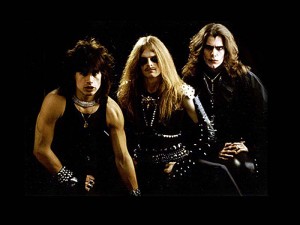
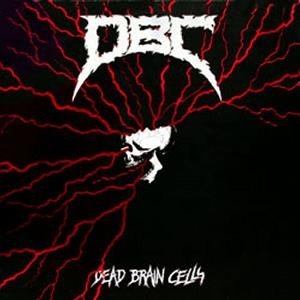
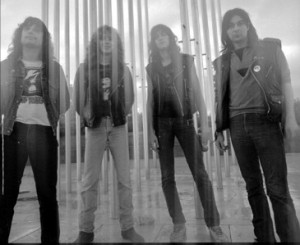


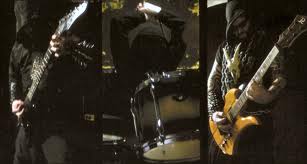 Structurally, the songs of Diocletian adhere to the musical formulas that define
Structurally, the songs of Diocletian adhere to the musical formulas that define 

